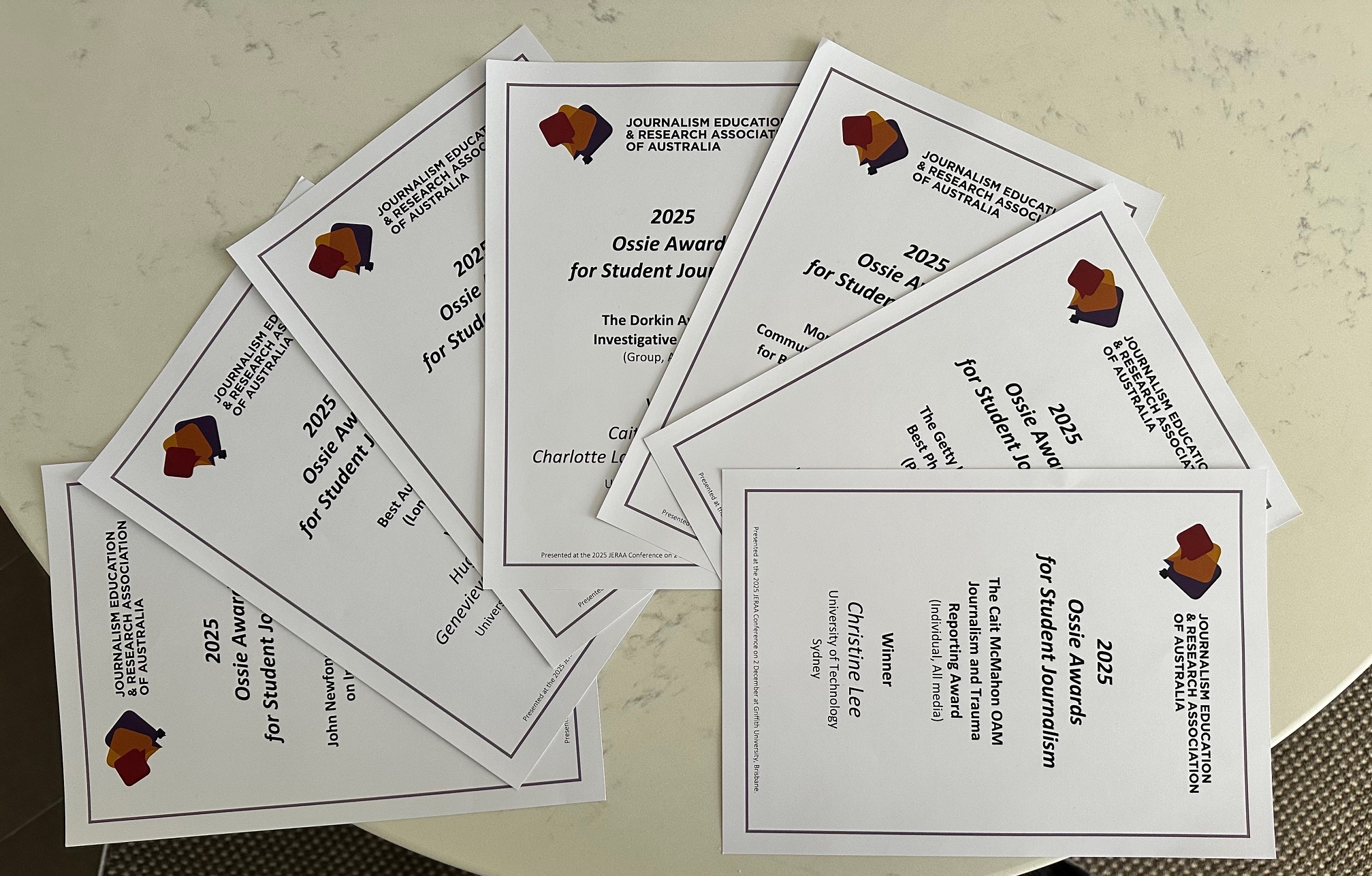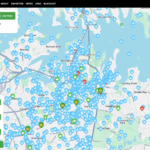Within the heart of the Hunter Valley, where astounding landscapes meet pressing environmental challenges, local communities are rallying to protect their vital wetlands, a natural haven for flora and fauna, where indigo hues smear across jade coated riverbanks and blushing reservoirs.
Local campaigners say the expansive wetlands, a natural force in the Hunter’s wellbeing, are endangered due to urbanisation factors and climate change, arguing maintaining pristine health of the wetlands’ catchments is essential for environmental upkeep.
As Gary Blaschlie, spokesperson for local campaigners, Future Sooner, noted, the wetlands are the “beating lungs of the Hunter’s natural world.”

Gary Blaschlie outside Nature Conservation Council NSW Regional Conference 2024. Photo: Christian Nevin.
The looming threat of urbanisation continues to linger as the NSW government plans to accommodate approximately 101,800 new residents across the Hunter region, increasing the urgency of community action and conservation efforts, campaigners say.
Added to the environmental mix lies the mounting nature of tourism in the region, with the Hunter Business Review estimating 1.5 million visitors a year, driving collaborative conservation efforts from the community to safeguard its natural beauty, a driving factor for visits.
“They [the wetlands] are not only important for preserving the ecosystems that thrive here, but also serve as a natural wall of defense against climate change,” says Jackie Pearson, liaison officer for the Community Environment Network.

Audience at the Nature Conservation Council NSW Regional Conference. Photo: Christian Nevin.
Wetlands are of immense significance for maintaining our natural environment. According to the Department of Climate Change, Energy, the Environment and Water, wetlands ‘protect our shores from wave action, reduce the impacts of floods, absorb pollutants and improve water quality’ whilst maintaining ‘great natural beauty’ and substantial importance for Aboriginal and Torres Strait Islander people.
“Wetlands are systems that keep the water quality high,” Pearson added, stressing that their removal or destruction would have profound “consequences for lakes, waterways, the ocean, and human health, which cannot be ignored.”
In the long-term, Dr Peter Nelson, chairman of the board of directors at the Hunter Wetlands Centre, a self-funded, community-owned, not-for-profit, aims for “no more losses, restoration of the greater wetlands, and greater understanding of the value of the wetlands.”

Peter Nelson inside the Hunter Wetlands Centre. Photo: Christian Nevin.
Pearson agrees, calling for the “protection and zoning of wetlands, avoiding over-development in the catchment of the wetland in the event of urbanisation, and suitable drainage … in the catchment area.”
She said new zoning would prevent future acquisitions and greater degradation, while promoting sensible, and sustainable usage of the Hunter wetlands.
According to the Hunter Wetlands Centre, through the community-based efforts of more than 160 volunteers, 45 hectares of land have been restored, upwards of 377,102 trees have been planted, with over 25,000 visitors witnessing the conservation practice, in order to protect and revitalise the region’s wetlands.
In addition, through communal conservation efforts, the Hunter’s wetlands are “protected as conservation lands, community land, or part of the national parks estate,” according to Pearson, granting these sanctuaries an avenue for government protection, preventing future development.
WETLANDS ‘NATURAL HAVENS FOR BIODIVERSITY’
Nelson describes the future of wetlands conservation as becoming “a real collaborative, grassroots effort to restore the Hunter’s wetlands.” He situates the government as “still usually not involved” in these efforts.
To combat threats that might jeopardise the region’s natural grace, The Nature Conservation Council NSW Regional Conference held earlier this year gathered a diverse array of environmentally conscious stakeholders to address looming sustainability concerns.
At the conference, Pearson introduced the region as at the “coalface of preserving biodiversity,” pointing to previous history in the region of “legacy problems of coal and pollution.”

Jackie Pearson outside Nature Conservation Council NSW Regional Conference 2024. Photo: Christian Nevin.
She echoed an ongoing wider future environmental solution to “transition from coal to clean energy” as opposed to using the Hunter’s natural “estuaries, lagoons, and wetlands” as “dumping grounds for the fossil fuel industry.”
“Wetlands are the most effective carbon storage natural facility that we have, storing and sequestering more carbon than a rainforest,” she said.
She highlights their value for wildlife as “natural havens for biodiversity,” providing habitats for a diverse array of species, both flora and fauna, as the displacement or removal of which reduces the nutrient levels in terrestrial ecosystems, decreasing agricultural productivity.

The Hunter Valley Wetlands Centre featured wetland. Photo: Christian Nevin.
Gary Blaschlie emphasises this interconnection between environmental health and human health, noting, “we got to get this right. If we don’t get the environmental part right, we’re not going to get the human health side part of it right.”
The NSW Environment Protection Authority supports this conclusion, including that coal ash repositories can cause waterways to contain ‘metals and other chemicals’ which produce risks to our ‘waterways and health.’
The future of the wetlands hangs in the balance, as new initiatives continue to emerge; the Hunter’s wetlands bear witness to the region’s commitment to preserving its natural heritage – an effort that will ultimately shape the future of the environment and the local community.
Main image by Christian Nevin.
*The Constructive Journalism in Communities (CJIC) project has been made possible by the philanthropic support of AGL for regional communities. UTS has maintained full editorial control and independent journalistic standards.




























